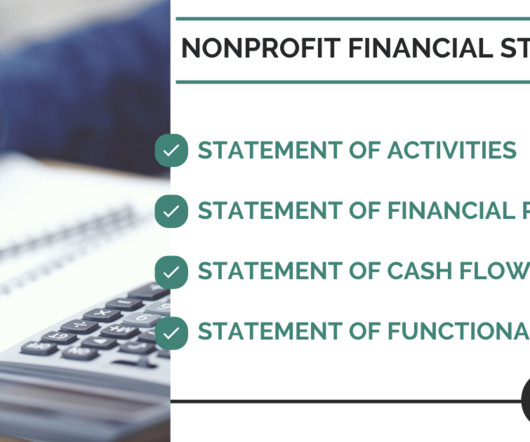Driver-based planning: the best of basics
Spreadym
JUNE 15, 2023
Driver-based planning is a strategic planning approach that focuses on identifying and prioritizing key drivers or factors that have a significant impact on the performance and success of a business. It involves analyzing and understanding these drivers to develop effective plans and make informed decisions.





















Let's personalize your content